In all the post election danger-to-democracy commentary, one unexpected new peril has emerged: the “nationwide surge of Mar-a-Lago face.”
Best exemplified by demented far-right activist Laura Loomer and former Fox News host-slash-former Donald Trump Jr. squeeze Kimberly Guilfoyle, Mar-a-Lago face is a cosmetic look characterized by immense volumes of cheek filler, heavy eye shadow and enough Botox to petrify the face.
The male version could be seen when Florida congressman and attorney general-nominee-for-ten-seconds Matt Gaetz stepped out at the RNC with so much Botox and foundation that he instantly became a bipartisan meme.
I’d argue that Mar-a-Lago face is not taking over America anytime soon. It’s barely taking over the Republican Party. Most of the women wielding meaningful power in right-wing America these days are attractive and respectably dolled-up, from Attorney General Pam Bondi to first lady Melania and first daughter Ivanka Trump. The most conspicuously overfilled weirdos are marginalized to the undesirable fringes of the party. Gaetz was deposed from the administration before he ever joined it and will instead host a talk show. Laura Loomer had the odd stint on Trump’s plane before he got icked out and never invited her anywhere else.
Guilfoyle, meanwhile, has been banished from the seat of power to Greece, where she will serve as the American ambassador while Donald Trump Jr. struts around town with his new flame, a younger “Palm Beach socialite” called Bettina Anderson. If anything can be divined from the cosmetic habits of the incoming administration, it’s that Mar-a-Lago face and the broader Trumpian artifice represent the national id — not a sweeping trend, but an extreme distillation of the current permissive American attitude toward plastic surgery.
For years, cosmetic treatments were something people did under cover of darkness and politely avoided acknowledging. A subtle nose or boob job was sometimes acceptable but looking suspiciously shiny or incongruously curvaceous was considered gauche, or at the very least something for celebrities and television stars.
Over the past two decades, that has rapidly changed, with plastic surgery accelerated into overdrive by forces such as social media, beautifying filters, the pandemic and Kylie Jenner Lip Kits.
A recent global survey from the International Society of Aesthetic Plastic Surgery found that both surgical and non surgical procedures are at a worldwide all-time high, having increased by a whopping 40 percent over the past four years. Seventy-five percent of plastic surgeons reported an increase in the number of Gen Z patients — they’re between twenty and thirty years old — who demand cosmetic surgery or injectables.
There was an 18 percent increase over the past year in men seeking aesthetic treatments such as Botox and eyelid surgery. And these results don’t even account for the skyrocketing number of people radically changing their appearances with weight-loss drugs such as Ozempic and Mounjaro.
The desired look changes with the times: currently, we’re in a shift away from years of Kardashian-inspired Brazilian butt lifts (BBLs), pillowy pouts and the “distinctly white but ambiguously ethnic” facial features known as “Instagram face,” thanks to its origins in social media, artful photoshopping and celebrity plastic surgery.
Instead, Americans are currently seeking a more “discreet” look, which is achieved through laser skin treatments, spot liposuction, “preventative” Botox and smaller breast implants. The reasons for this shift have a lot to do with our nation’s move away from the hyper edited, meticulously curated Instagram to the less-filtered, more relatable TikTok, where people churn out content far too frequently to micromanage their look.
It may also have to do with another big internet craze, an aesthetic known as “quiet luxury,” which fuels the current trends in everything from minimalistic beige home decor to Carolyn Bessette-Kennedy-inspired clothing. In what feels like a reaction to the filler-and-logo-fueled excesses of the past few years, women are now being encouraged to emulate “old money” by paring back, reining in and signaling their status through subtlety instead of lavishness.
The days of Gucci belts and knock-off Angelina Jolie lips are no more. Women are spending their money on $500 drab gray cardigans and expensive skincare treatments. There are regional exceptions to this — women in Las Vegas, Miami and, of course, Mar-a-Lago won’t give up their fake eyelashes and conspicuous Chanel without a fight — but the continued trend setting power of online influencers means that subtlety is on the rise.
Weight loss is another matter. The body-positivity movement seems to have passed its prime: one in eight Americans report trying a weight-loss drug at some point; the Victoria’s Secret fashion show returned last year after a six-year hiatus to address public criticism of its inadequate inclusivity; and even body-positive influencers are losing dozens of pounds on Ozempic. These drugs appear to offer many non-cosmetic benefits — reduced heart-disease risk and lower blood pressure, and the curbing of addictive tendencies — but the national skinny era is also leading people to the plastic surgeon’s office.
When I talked to Dr. Sheila Nazarian, a leading Beverly Hills cosmetic surgeon and medspa owner, she told me that weight loss drugs have been “huge” this year, and that people are increasingly coming in for treatments to address the consequences such as face or neck lifts to fix sagging skin or subtle volumizing filler in now-gaunt-looking faces.
I happen to believe — until a damning scientific study tells me otherwise — that in our famously obese nation, the benefits of weight-loss drugs outweigh the risks, but it’s hard to ignore the voice of RFK Jr., a fervent Ozempic opponent who thinks the medicine is so popular among Americans because “we’re so stupid and so addicted to drugs.”
He has a point when he says that the semaglutide fad will only perpetuate a cyclical overreliance on pharmaceutical, medical and otherwise unnatural interventions. We may have a historically unprecedented number of ways to fix and correct our flaws, but fixing and correcting doesn’t mean healing from the inside.
When I asked Dr. Nazarian about America’s current preference for “natural” aesthetics, she was quick to correct my wording. “I don’t even think it’s about ‘natural,’” she said. “It’s just about not looking overdone and overfilled.” Her assessment captures something essential about America’s current climate — the cosmetic look might be more intentionally understated than 2018’s BBL boom, but thanks to social media, our broader attitude on changing your appearance has never been more permissive, or less discreet.
Now, people are spending thousands of dollars on “subtle” adjustments, and immediately sprinting to TikTok to telegraph every detail of how everyone else can be this subtle, too. With just a few swipes on your phone, you can watch, in intimately photographed and intricately narrated detail, vlogs of everything from arm liposuction to lip shading with a tattoo gun and male hair transplants in Turkey.
The content is often remarkably informative — I recently saw an “eyebrow artist” recommended by a middle-aged Russian TikTokker — and thereby incredibly popular, yielding an online genre called “looksmaxxing” in which people follow a comprehensive aesthetic and wellness regimen to look as hot as they humanly can. This digital quest for beauty is so alluring that even the influencers who attempt a more guarded approach are forced to admit publicly to something small such as Botox in order to seem relatable.
Gone are the days of losing weight or getting work done in dignified silence — we’ve all spent enough time online recently to know you don’t look like that on your own.
Which brings me back to the Republican Party. Recently, conservative commentator Megyn Kelly released an extensive breakdown of her beauty regimen, helpfully walking her audience through her favorite procedures and concluding with the exhortation, “Ladies, listen to me: get the lasers, get the Botox… but I don’t believe in the filler.”
Her transparency, which may well have sent past generations of Republican women rolling in their graves (imagine Nancy Reagan publicly discussing one of her reported facelifts), shows just how much the national needle has moved towards the normalization of cosmetic work. America is in agreement that it’s OK to try to look your best — might as well get smart about it if you don’t want to be left behind.
The wider spirit behind Kelly’s remarks also underscores yet another reason the Trump family is rolling back into Washington: in all their smoothed, manicured, presidentially over bronzed glory, they make no apologies for wanting to look hot, and their willingness to go to great lengths to make it happen.
They’re a fitting first family for a nation that is equally obsessed with getting hotter and ever less shy about admitting it.
This article was originally published in The Spectator’s March 2025 World edition.












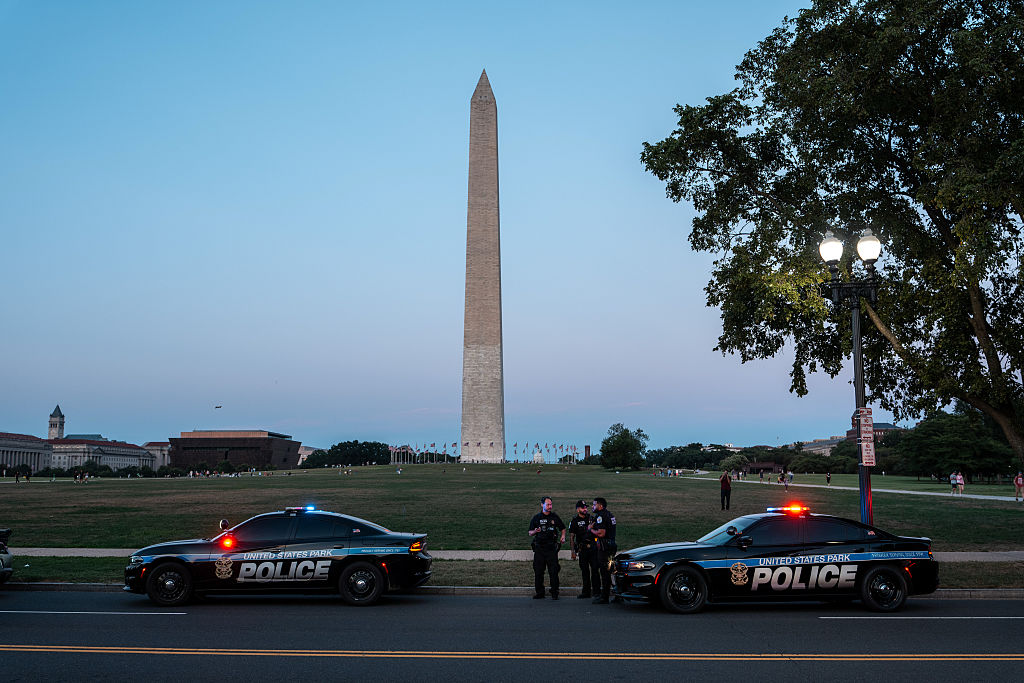
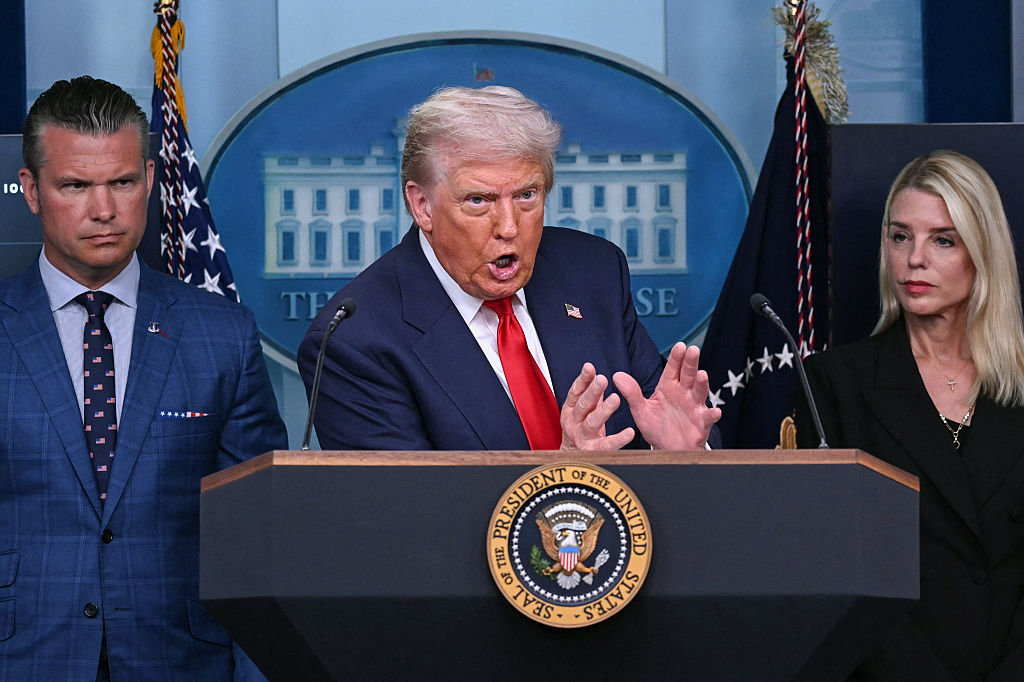

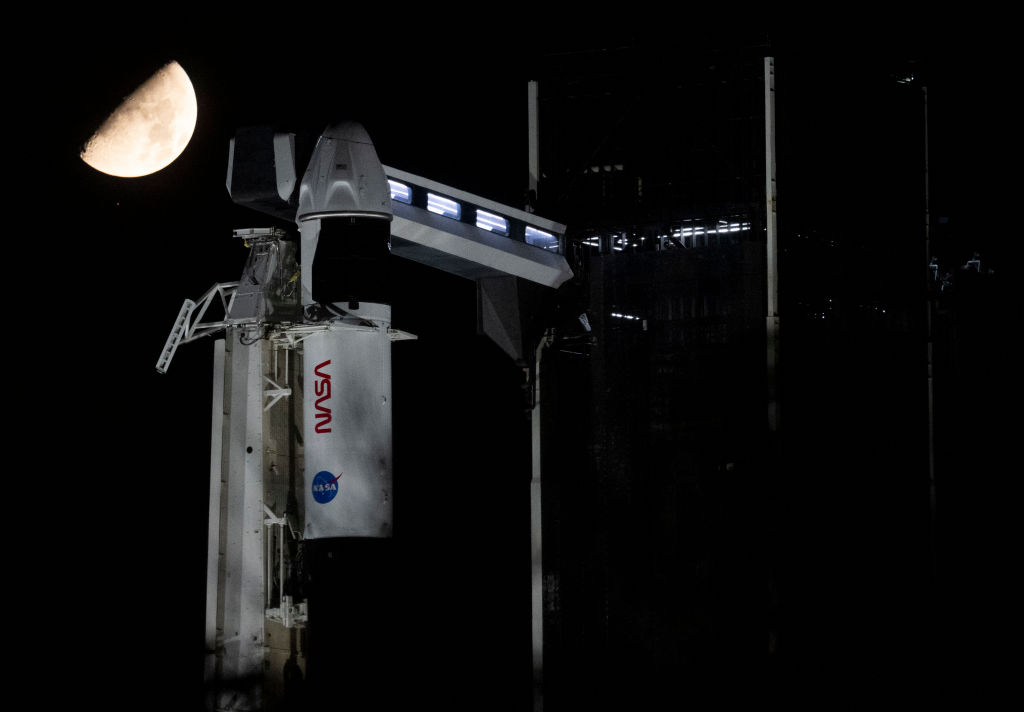

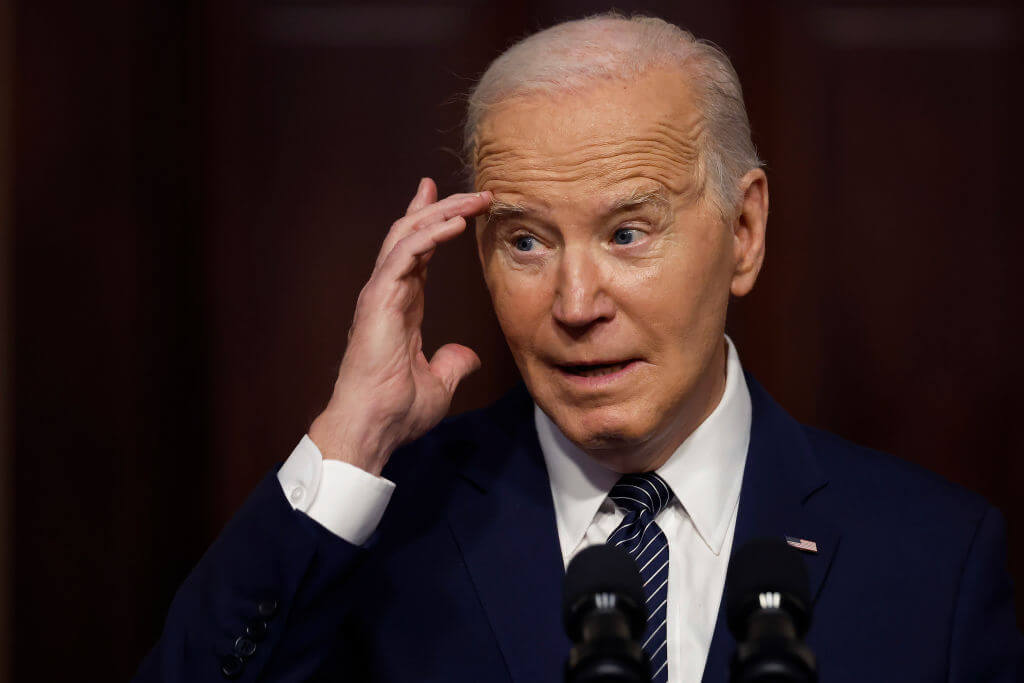



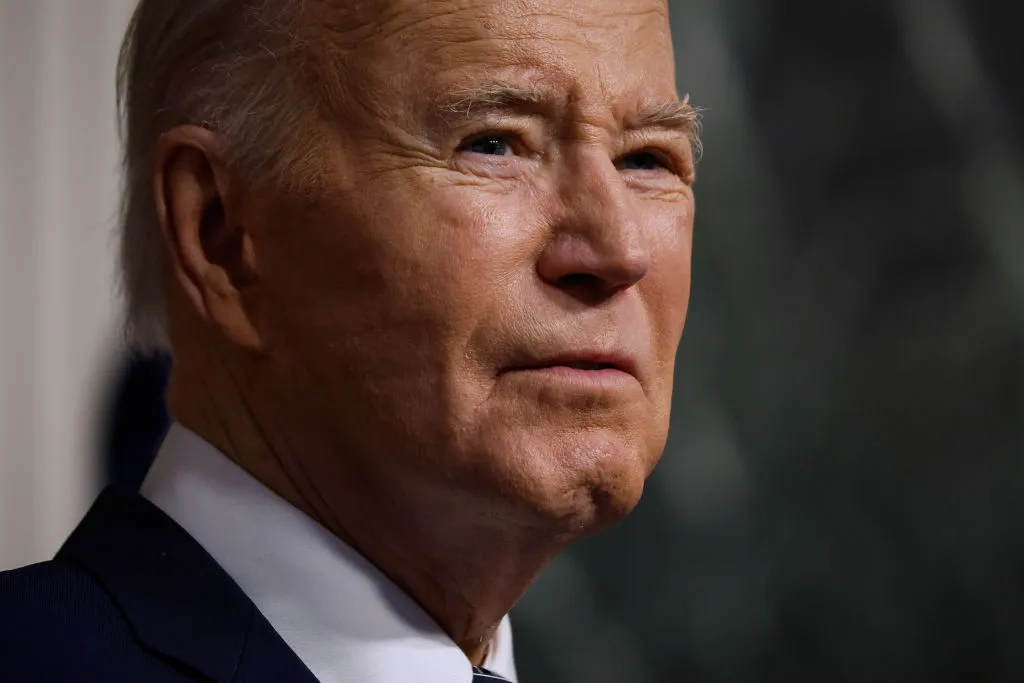

Leave a Reply